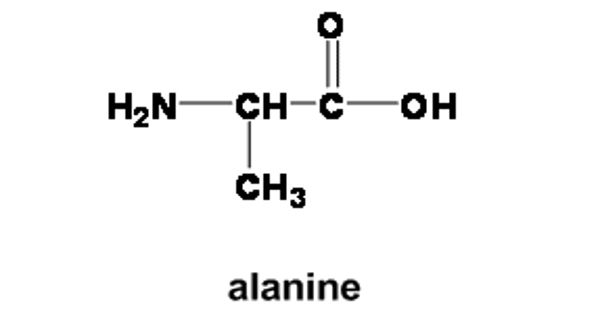Cobalt nitrate is the inorganic compound with the formula Co(NO3)2.xH2O. It is cobalt(II)’s salt. It typically appears as a blue crystalline solid and is soluble in water. The most common form is the hexahydrate Co(NO3)2·6H2O, which is a red-brown deliquescent salt that is soluble in water and other polar solvents.
It serves as a precursor for other cobalt compounds. It is used in various chemical reactions and processes. It is also imployed in ceramics and glassmaking for its color properties.
Properties
Cobalt nitrate typically appears as red or pink crystalline solids, often forming hexahydrate crystals. It is soluble in water, with its solubility increasing with temperature. The compound is less soluble in organic solvents. It is hygroscopic, meaning it can absorb moisture from the air. It can act as an oxidizing agent in certain chemical reactions. It can also undergo hydrolysis, especially in acidic conditions.
- Chemical formula: Co(NO3)2(H2O)6
- Molar mass: 291.03 g/mol (hexahydrate), 182.943 g/mol (anhydrous)
- Appearance: pale red powder (anhydrous), red crystalline (hexahydrate)
- Odor: odorless
- Density: 1.87 g/cm3 (hexahydrate), 2.49 g/cm3 (anhydrous)
- Melting point: 100 °C (212 °F; 373 K) decomposes (anhydrous), 55 °C (hexahydrate)
- Boiling point: 100 to 105 °C (212 to 221 °F; 373 to 378 K) decomposes (anhydrous), 74 °C, decomposes (hexahydrate)
Reactions
It is commonly reduced to metallic high purity cobalt. It can be absorbed on to various catalyst supports for use in Fischer–Tropsch catalysis. It is used in the preparation of dyes and inks.
Cobalt(II) nitrate is a common starting material for the preparation of coordination complexes such as cobaloximes, carbonatotetraamminecobalt(III), and others.
Production
The hexahydrate is prepared treating metallic cobalt or one of its oxides, hydroxides, or carbonate with nitric acid:
Co + 4 HNO3 + 4 H2O → Co(H2O)6(NO3)2 + 2 NO2
CoO + 2 HNO3 + 5 H2O → Co(H2O)6(NO3)2
CoCO3 + 2 HNO3 + 5 H2O → Co(H2O)6(NO3)2 + CO2
Natural Sources
Cobalt nitrate does not occur in nature in significant quantities but can be derived from the weathering of cobalt-containing minerals.
Industrial Production: It is often produced synthetically for various applications, including:
- As a catalyst in chemical reactions.
- In the production of cobalt-based pigments.
- As a precursor for other cobalt compounds.
Laboratory Use
Cobalt nitrate is used in laboratories for analytical chemistry and as a reagent in various synthesis processes.
Toxicity
Cobalt compounds can be toxic, and cobalt nitrate should be handled with care due to potential health risks associated with cobalt exposure.
















